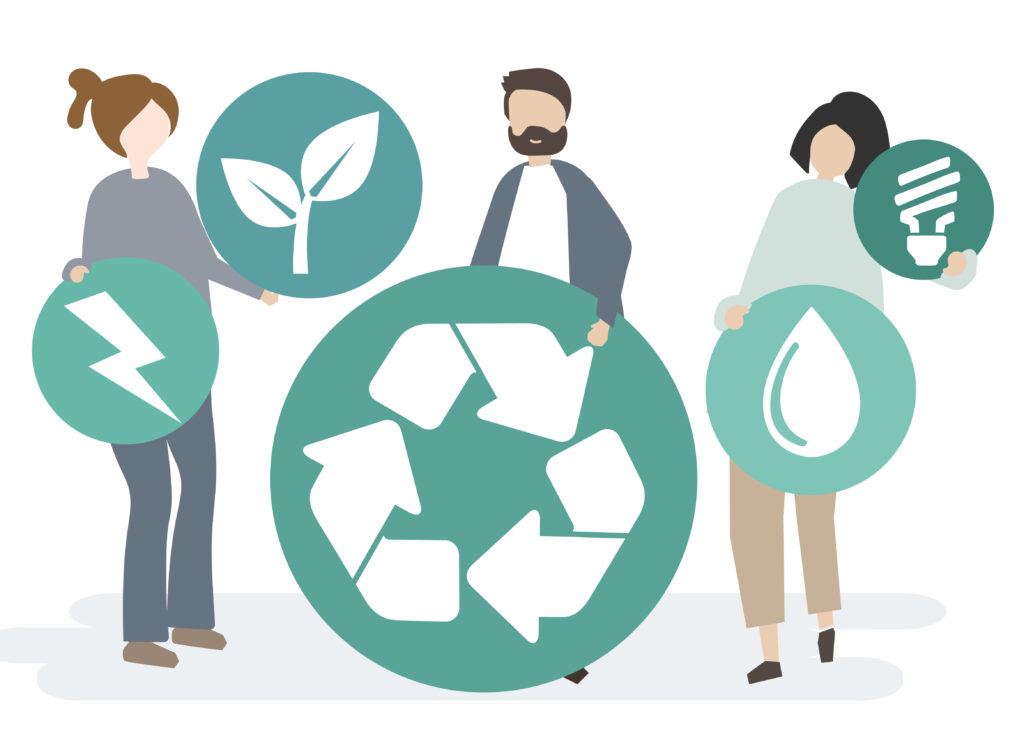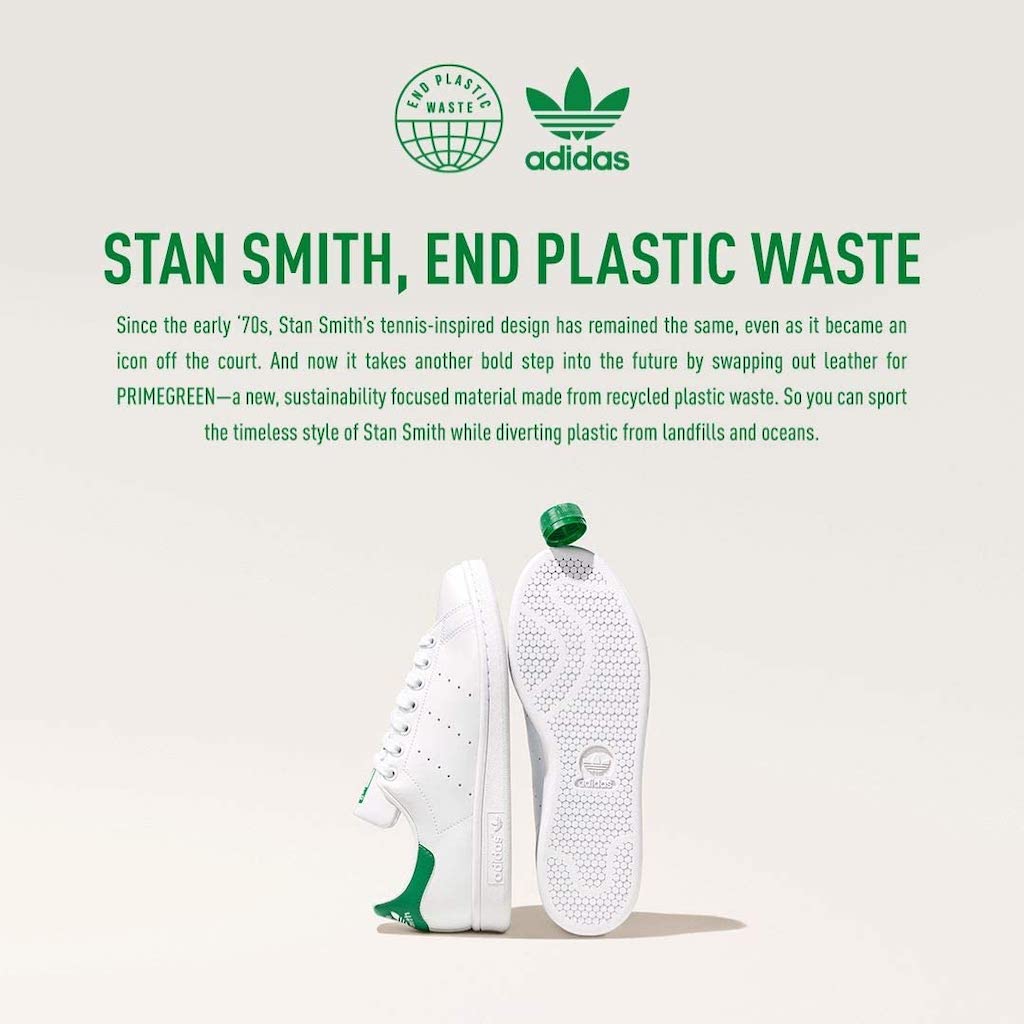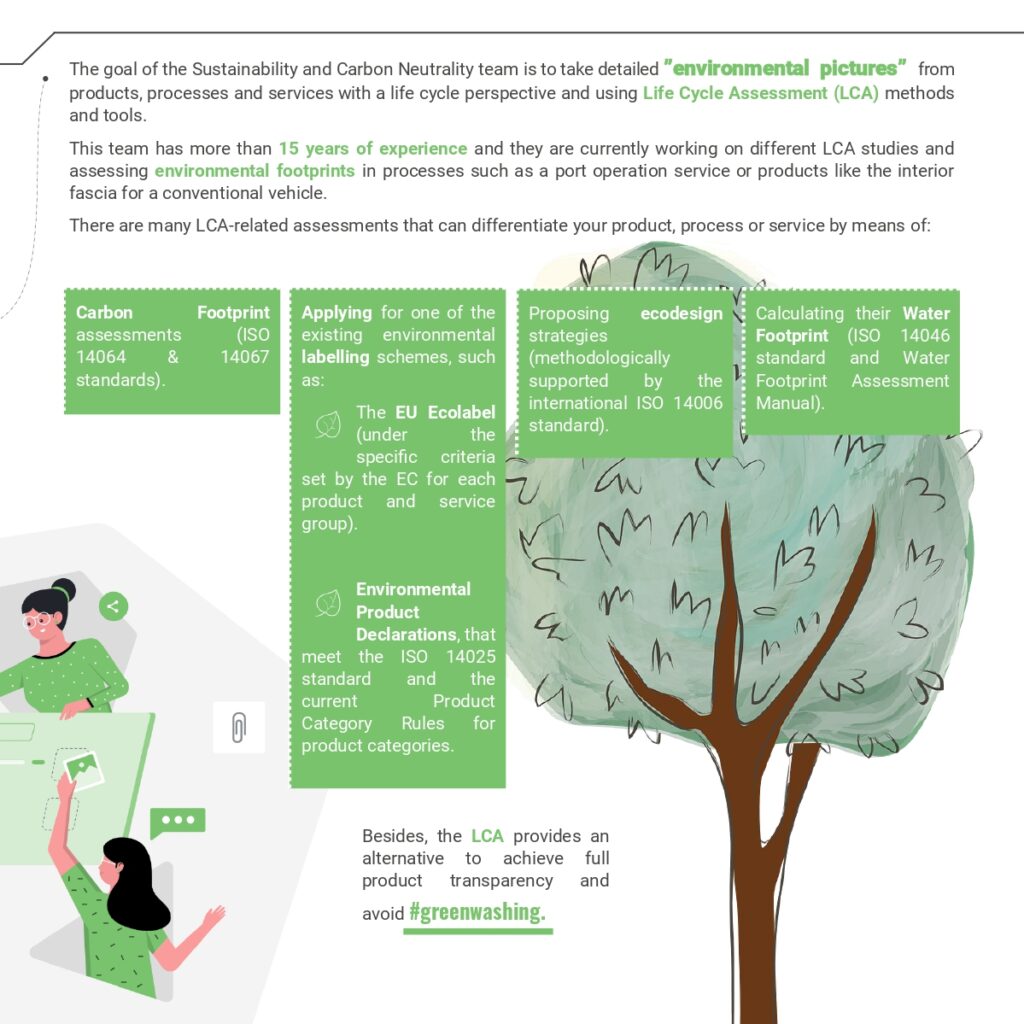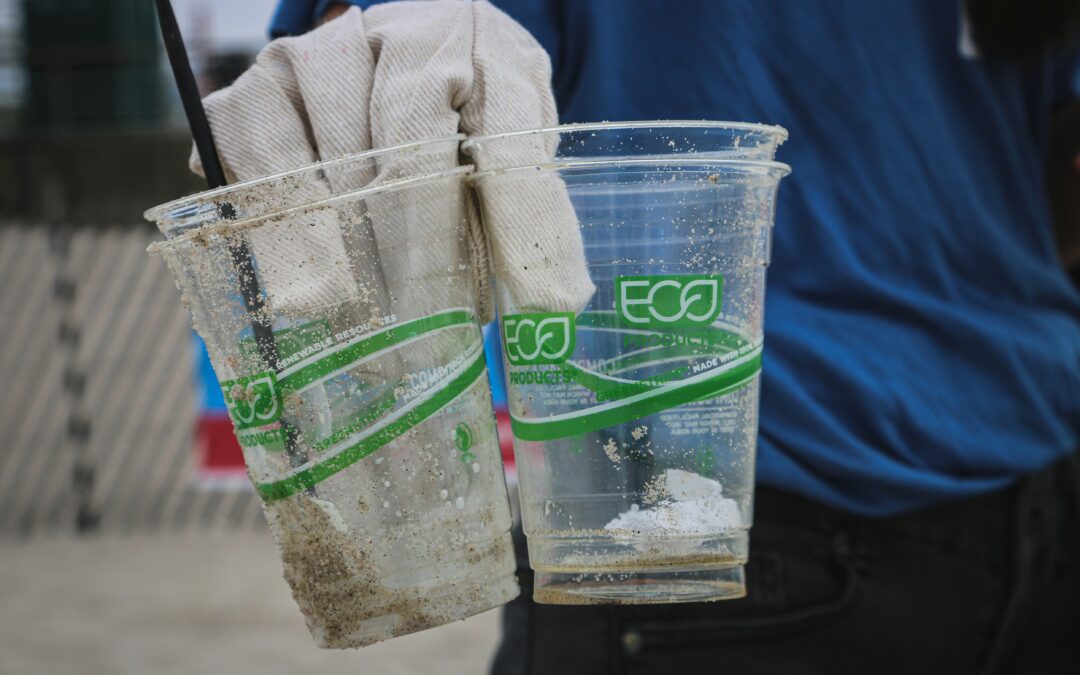If my grandma had heard about green marketing, she would have raised an eyebrow saying: “That sounds like they’re selling you the same thing… just with a pine-scented label.”
And if I told her about the recent situation with Ursula von der Leyen, having to confirm her support for the Green Claims Directive after days of confusion in her team, she would say: “Typical, Laura… they say one thing in the morning, the opposite in the afternoon, and in the end, you don’t know if they’re talking about sustainability or horoscopes.”
And honestly, she wouldn’t be wrong.

In recent years, environmental sustainability has become a powerful marketing tool but not always supported by real actions. To stop misleading practices known as “greenwashing”, the European Union has worked on two key directives: the Consumer Empowerment Directive (2024/825), already approved and waiting to be adapted into Spanish law, and the Green Claims Directive, which sets clear rules for making environmental claims that are based on real data. It was planned to start applying from 27 September 2026. But we say was because, just before its final approval, the text was suspended after disagreements in the European Parliament, which has left the proposal at a critical point, now depending on clarification and a common position among EU Member State.
This directive aimed to bring order to the confusing jungle of green labels. The goal: make sure any environmental claim (like “100% recycled” or “carbon neutral”) is checked and supported by solid data, such as a Life Cycle Assessment (LCA). In its most ambitious version, it even required using official methods like Product Environmental Footprint (PEF) or Organisation Environmental Footprint (OEF). But political discussions have diluted the content, and now it risks being forgotten. A shame, because people need protection from greenwashing and honest companies should be acknowledged. This law wasn’t meant to annoy them. Quite the opposite.
” People need protection from greenwashing and honest companies should be acknowledged”
Meanwhile, pressure from consumers and civil organisations is already working. Just look at the recent cases of Coca-Cola and Adidas, who had to step back from their “green” messages after investigations into misleading advertising.

In Coca-Cola’s case, a complaint from European consumer and environmental groups led the Commission to act. The company agreed to change phrases like “made with 100% recycled plastic”, because it only referred to the bottle’s body, not the cap or label. Adidas, on the other hand, had to stop advertising a shoe line as “more sustainable” without explaining how or why. These cases show one thing clearly: it’s not enough to use a green leaf or the recycling symbol. It’s not about looking green, you have to prove it.
So, while some still confuse sustainability with decoration, we at CARTIF provide solid technical tools to help companies move towards models that are truly sustainable and transparent. Our Sustainability and Climate Neutrality team has worked for years with companies that want to improve and base their decisions on real, measurable data.
And how do we do that without magic balls or green leaves? With tools like these:
- Life Cycle Assessment (LCA): because understanding a product’s environmental impact requires robust calculations based on ISO standards, not just guessing.
- Environmental footprinting: starting with carbon (the celebrity of the group), but also including others like acidification or land use… to support decisions that are grounded in real impact, not in excuses.
- Eco-labelling and green communication support: because telling the truth also needs practice.
- Eco-design strategies: because if something is poorly designed from the beginning, no label can save it. This is where sustainability starts, in the plans, the materials, the packaging… and yes, even in the stylish decisions (with less waste and more purpose).

By combining all these tools, our mission is to help companies move towards models that are not only more environmentally sustainable, but also more honest and consistent. We guide them to measure, improve and communicate (in that order). We want them to share their sustainability story with confidence, and make sure their storytelling matches their storydoing.
And to Úrsula, we ask just one simple (but urgent) thing: don’t leave out the companies doing things right. The ones that choose to measure, improve and communicate with transparency while competing with those selling green smoke.
Because yes, it is possible to talk about sustainability without green make-up. All it takes is rigour, commitment… and a bit of common sense. Just like my grandma had.
- When “green” doesn’t come from doing an LCA, but only from a Pantone® colour - 1 August 2025
- Jeff Bezos reminded me of the importance of the carbon footprint - 17 September 2021
- Creating more liveable cities using nature - 13 September 2018
